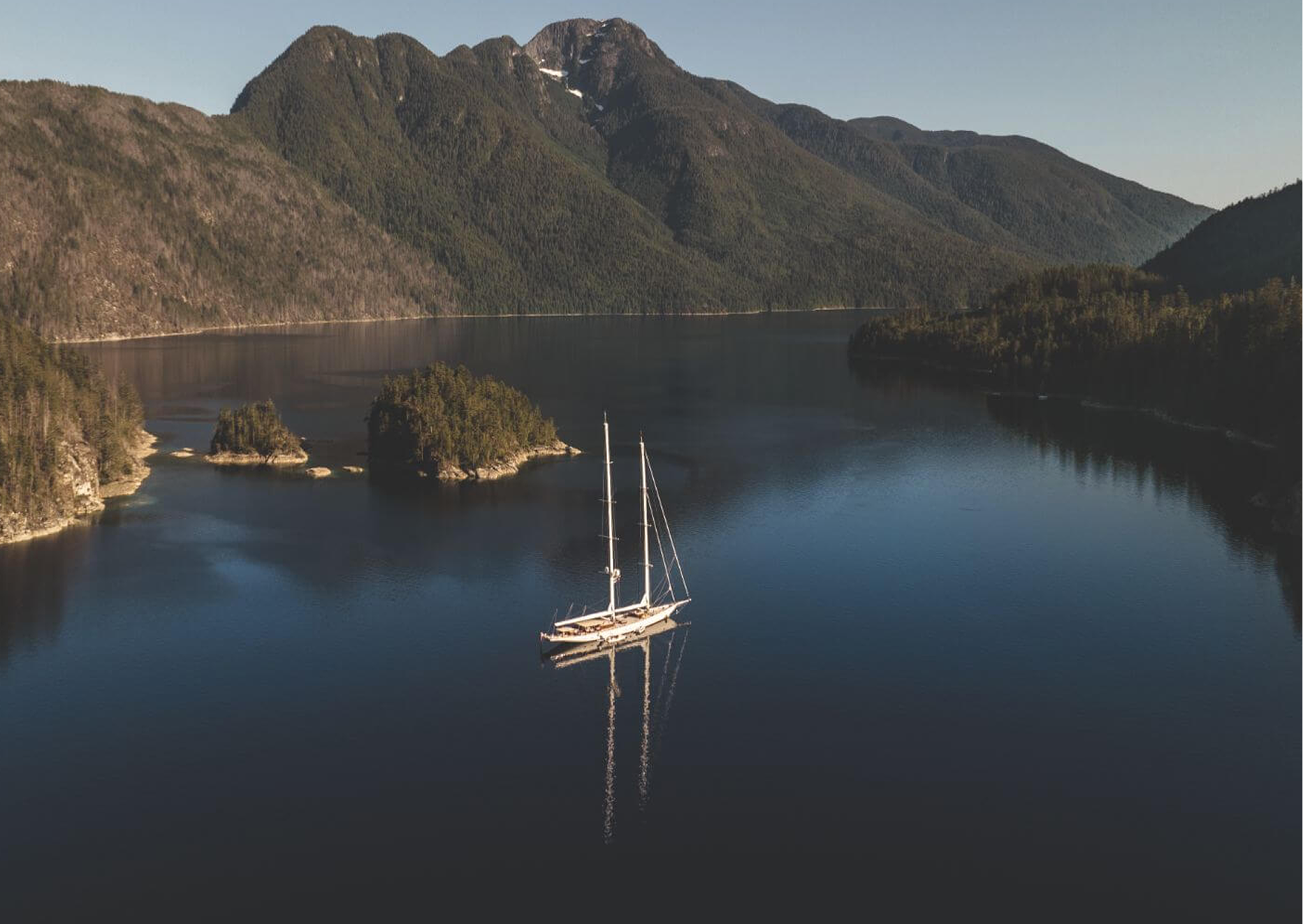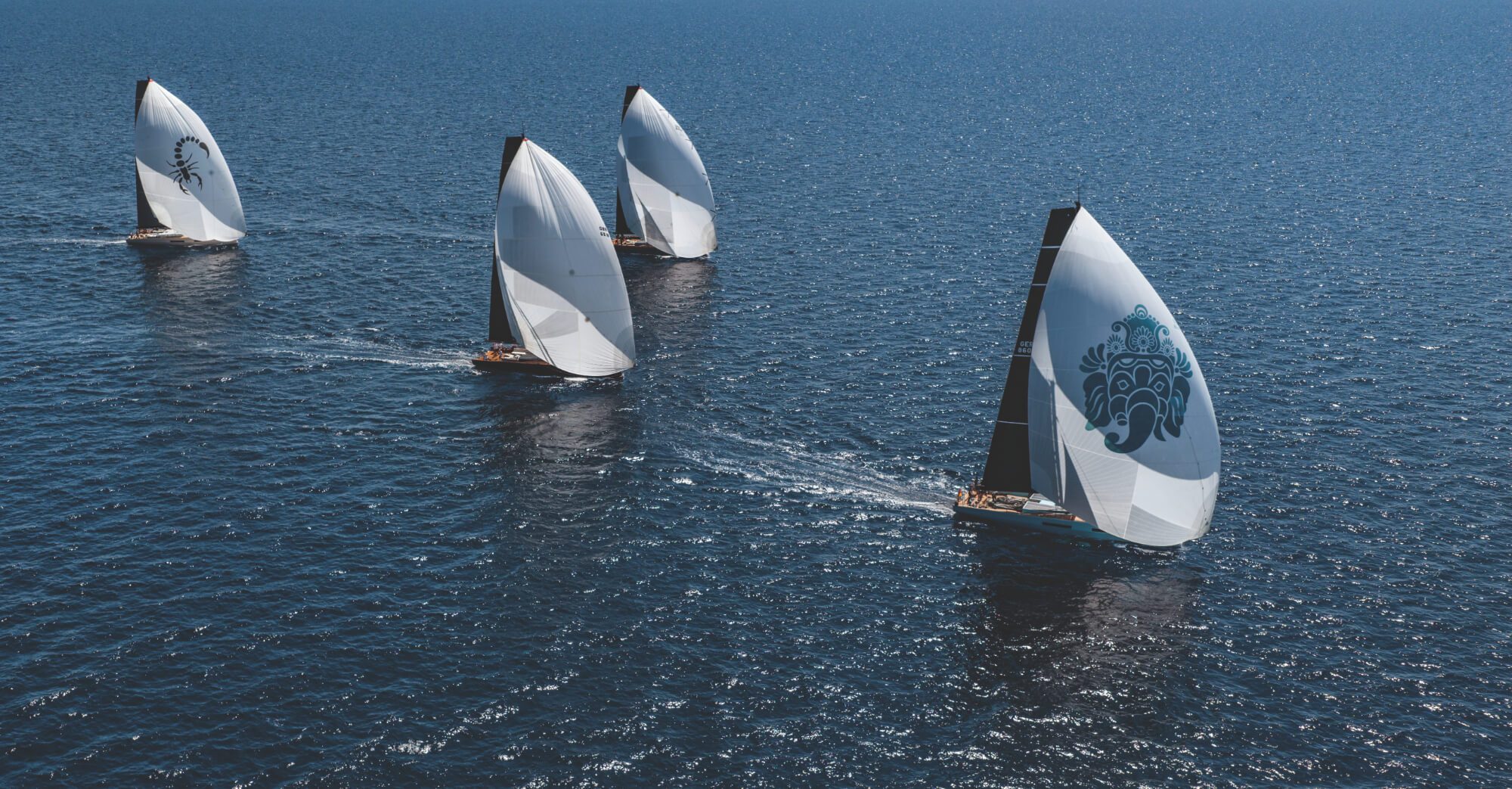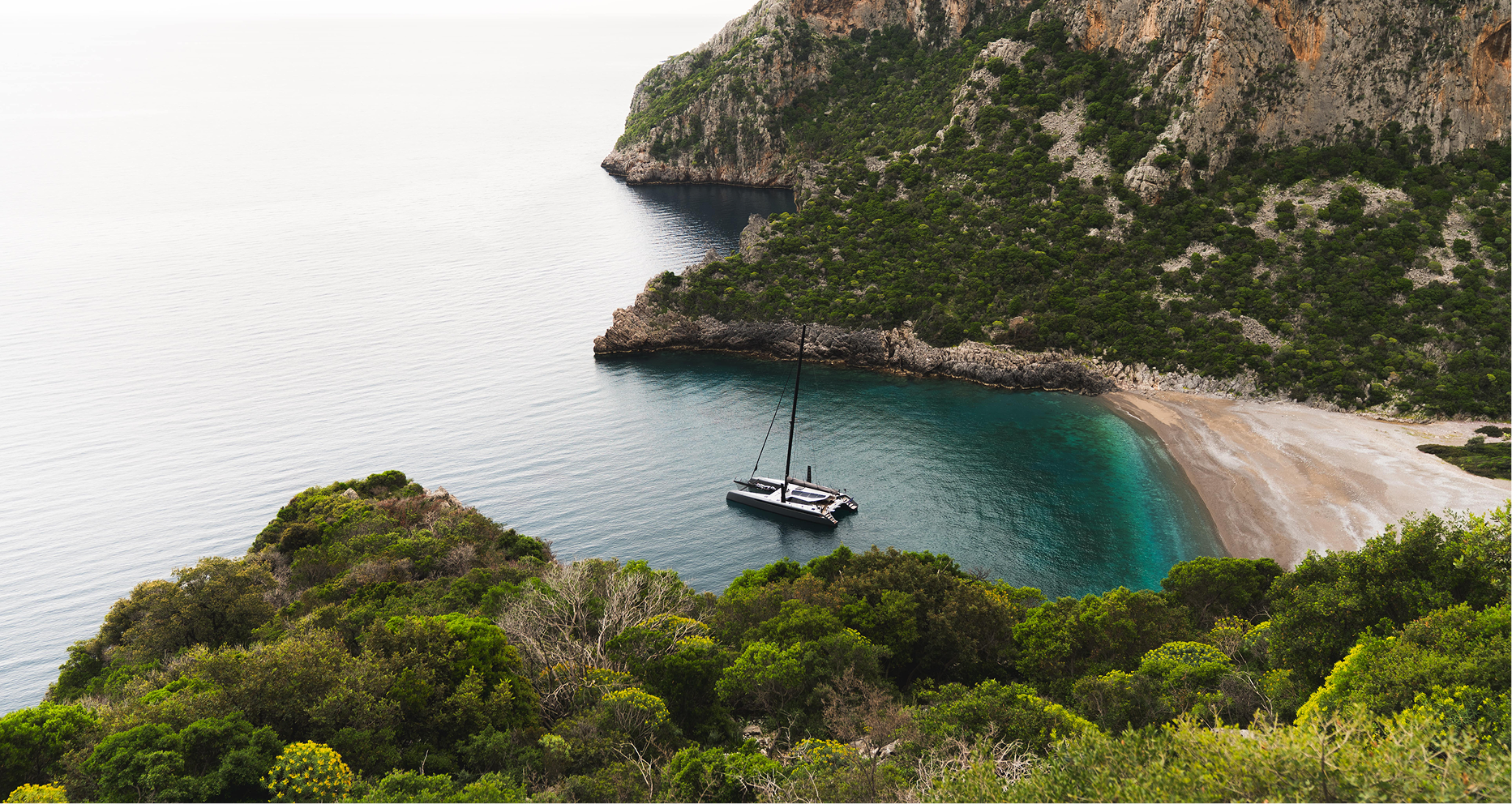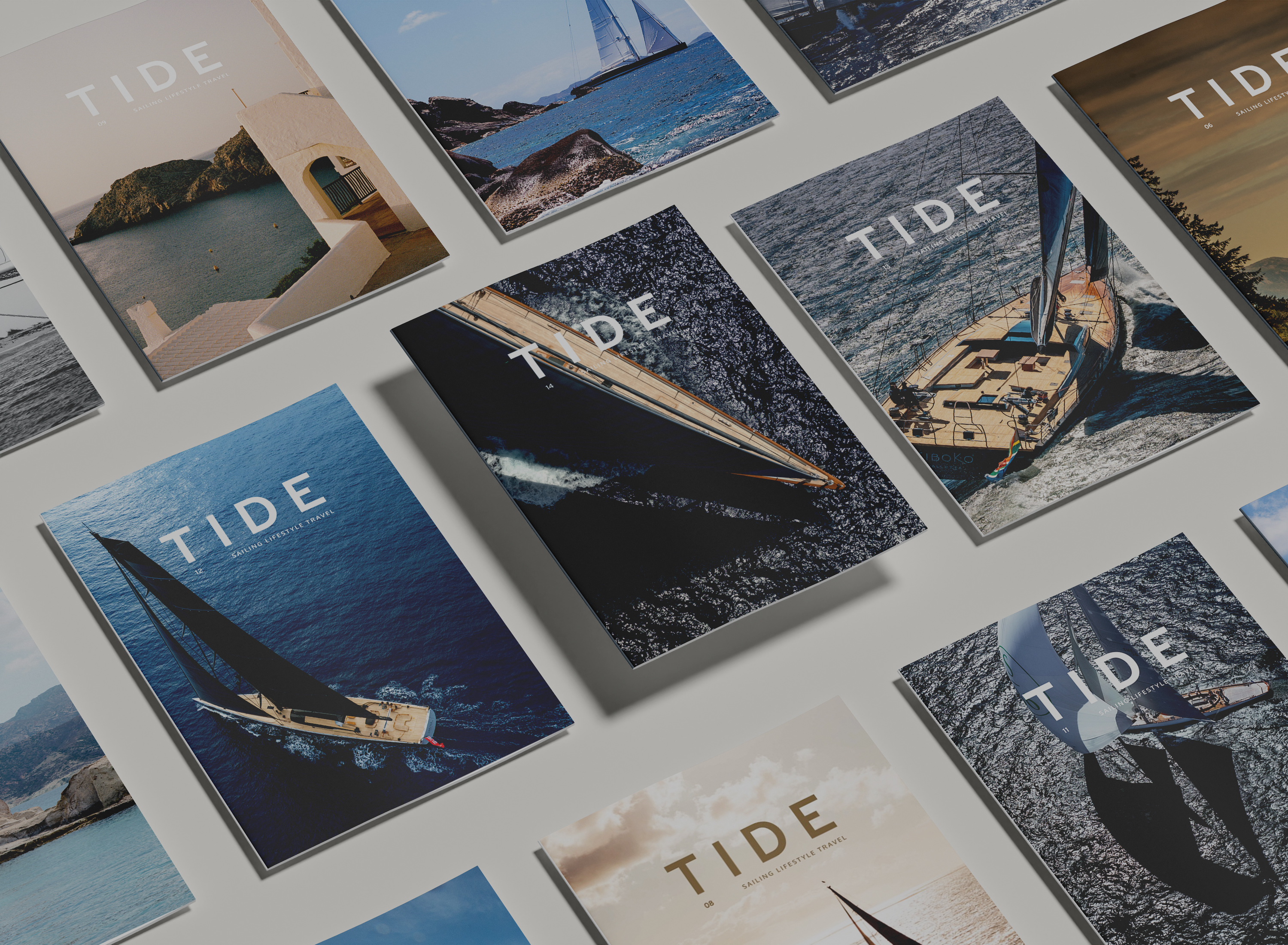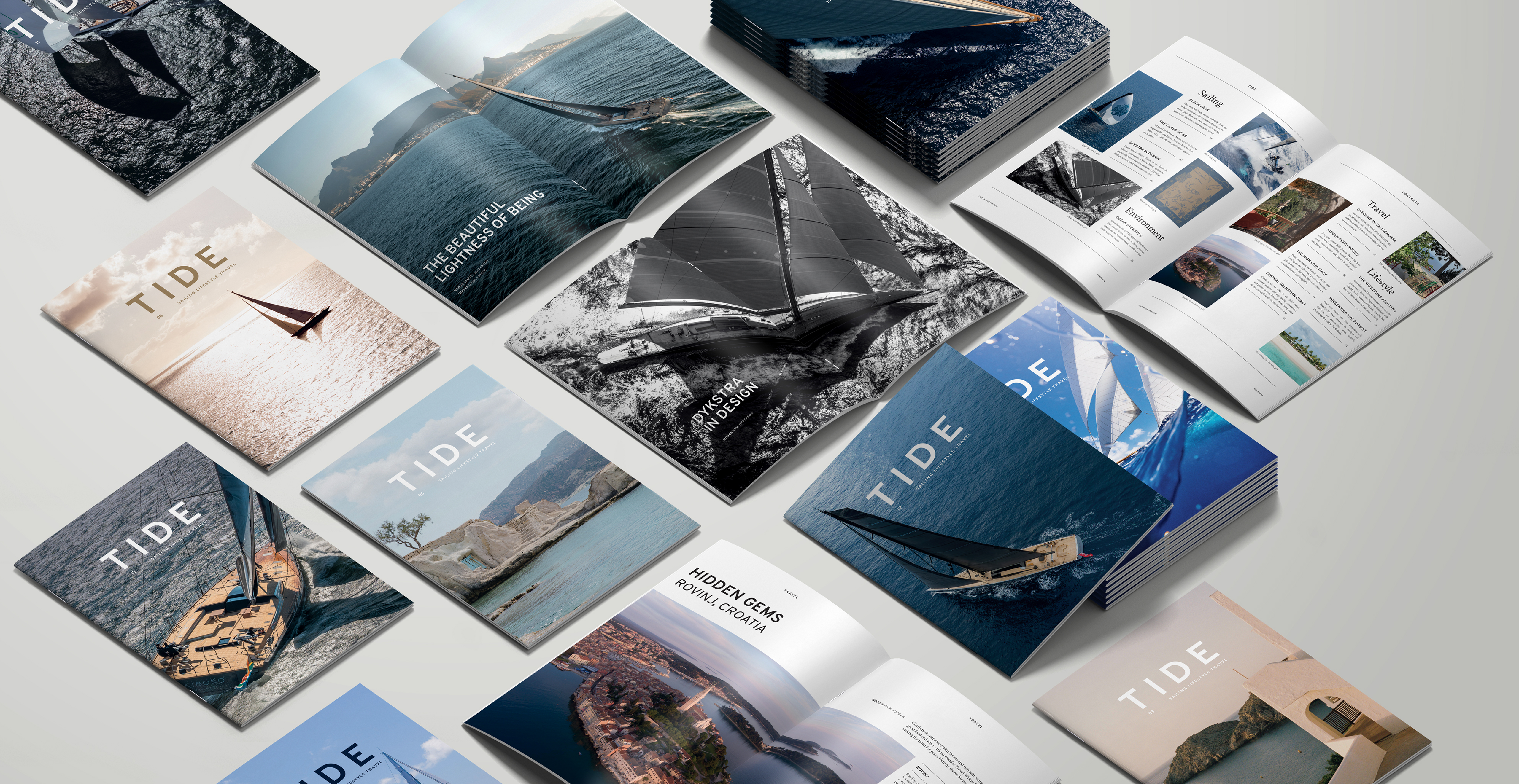“When people talk about the wilderness, you think of desolate spaces with no life in them,” Tony Brookes, skipper of SY Athos reflects.
“That couldn’t be further from the case on this trip; the whole area is just packed with nature. You see bears, tons of whales and we’ve been catching lots of Ling cod, salmon, rockfish, pollock, yellow tail, black cod, crabs, prawns, squat lobster (especially delicious) and various other fish. We may be sailing a luxury yacht, but this is real ‘backwoods, living-off-the-sea’ stuff.”
I catch up with skipper Tony and photographer Oli Riley deep in the heart of nowhere as they thread their way through the maze of pine-clad islands, narrow, tide-swept channels and rock-studded peninsulas that make up the coast between Vancouver Island and Alaska. This is a section of coast that is often overlooked but richly rewarding for those who choose to tarry a while.
“British Columbia is definitely the road less travelled,” Oli explains. “We’ve barely seen anyone out here aside from a few locals in small fishing boats and very few yachts along the route. We see more whales than boats.”
Athos, a 208’ Hoek Schooner launched in 2010 remains the largest privately owned two masted schooner in the world and, although not specifically fitted out for high latitude sailing, she has risen to the task well since heading north from Victoria BC in late June.
“Athos is not an expedition boat but we have been on similar trips before and it has never been a problem,” Tony says. “The boat is quite open on deck but you can close things in when it gets cold. The boat has a draft of 4m but on this trip that really hasn’t been a problem as most spots are very deep, close in.”
Skipper Tony is a veteran of the Superyacht scene having been a yacht captain for 42 years and completed six round-the-world trips. He has already cruised extensively in far-flung corners of the globe but this is the first time he has explored the Inside Passage from Vancouver Island to Alaska and, despite being a battle-hardened cruiser, he has been astonished by what he has seen.
“I have been amazed by the sheer diversity and richness of nature on show,” he enthuses. “One of the highlights has to be close whale watching – and I mean really close; you don’t have to chase them, they seem curious about the boat and come right up to take a look.
“One of the most amazing things we’ve seen has been ‘bubble netting’, which is where the whales go down and circle around and around to create a circle of bubbles which seems to completely bewilder the fish who are then trapped in this ‘net’. It’s incredible to watch. “Strangely enough, it’s not intimidating as they seem quite relaxed. In fact, it’s the sea lions which are the most intimidating as they are quite playful and boisterous and, as they’re about the size of a dog with sharp teeth, they can get a bit much.”
Athos started this trip in early June and will conclude it in early September. As the weeks slip by, the crew of 11 and their 10 guests have fallen into an idyllic routine. “Every day is obviously different and plans have to be fluid,” Oli explains. “You can have an idea in your head about what you are going to do but then a pod of whales turns up and you spend three or four hours just watching them!
“In general, the day starts at 6.30am with salmon fishing. We then head back to the boat for a 10am breakfast. We follow this with a tour, maybe to a beach.
“Lunchtime is often taken up with whale watching, then in the afternoon we tend to go hiking to see bears and wolves. We move three or four times a day and anchor in different places, then spend a bit of time drifting before finally anchoring for the night in some pristine spot.
“There are some really beautiful beaches and, despite the relatively cool water, a good deal of swimming goes on. We’ve also found plenty of hot springs. Many of them have been adapted by the fisherman [into] baths and they’re great for chilling out [in]. We spent a lot of time watching grizzlies from one of these baths the other day which was a bit different.
“Dinner will usually consist of some of the food we have caught during the day – maybe salmon, pollock plus crabs and prawns. We’ve learnt a lot on this trip about how to live off the land.
“When night falls, everything stops. One of the big navigational hazards of this area is logs. This is a huge logging area and they are obviously transported by floating them down the rivers to the coast. The consequence is that you have to be really careful not to hit them and this means that night navigation is definitely to be avoided. When it gets dark, you don’t want to be moving anyway. The lack of light pollution means that the stars are just incredible; pin sharp and beautiful. It underlines that we really are the only ones out here.”
“If I could pick two adjectives to describe the landscape it would be awesome and big,” Tony says. “We’re talking massive hills, dark green with conifers and then in the background huge snow-capped mountains.
“You’re also alone out here; there’s no phone signal so it’s great to disconnect. We’ve only seen one house in the last week to give you some idea of the isolation. We are the only ones out here. The further north you head, the less there is. [The] last town [we were in] was Campbell Island but for the most part of our journey it’s just been wilderness. This truly is the forgotten coast. People cruise Alaska and Vancouver but this section is often hurried past on the way to somewhere else. It’s definitely worth taking your time and having a proper explore.”
I ask Oli if there have been any particular highlights from the trip – initially he seems flummoxed by the sheer breadth of choice but he lands on a unique incident. “A few days back we saw a grizzly bear and her two cubs swimming. The guests were on kayaks and they swam alongside – that was pretty amazing!” he muses. “Our kayaks also seem to attract Humpbacks – you can see them roll on one side and look at you with their big sad eyes. When you see a whale breach, that’s generally a highlight.”
In terms of weather conditions, there’s no question that this area has a reputation. Spots such as Cape Caution have earned their names for a reason. Yet the crew aboard SY Athos have, by and large, been blessed. “We’ve been here two months and it has been great,” says Tony. “The weather can be a bit all over the place but it is cool at night – around 12 degrees – and then during the day, if it’s overcast, it gets up to about 22 degrees.
“When it’s sunny, it’s well over 30 degrees. Most days start with dawn fogs which burn through to give us a glorious day. After that it’s just a case of seeing how much we can fit in – generally a lot!”


